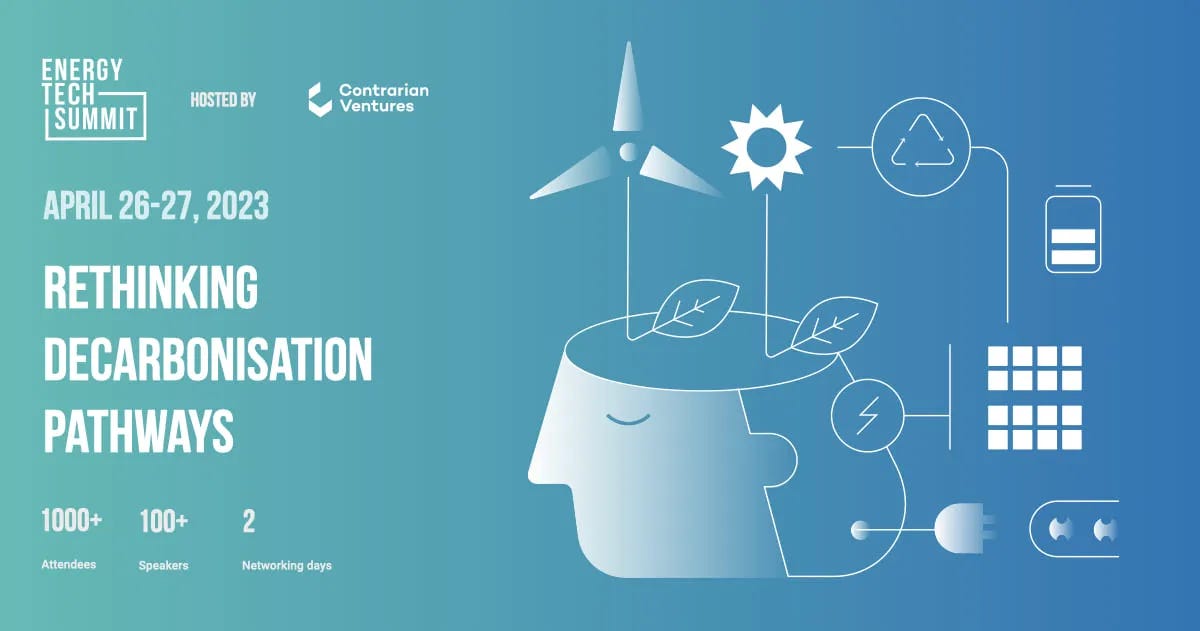February News Roundup
Lawsuits in "Silicon Anode" Valley, new lithium in India, billions upon billions for batteries in the US, and a non-academic perspective on the future of lithium-based batteries
Two notices before we start.
First, join us at Energy Tech Summit 2023 and meet investors, corporations and media companies. Signup with code “IntercalationStation” for a sweet discount!
Second, we’ll be planning more events this year in London! If you're based in London/UK and would like an invite, fill out this form, and we'll reach out when we have so…





